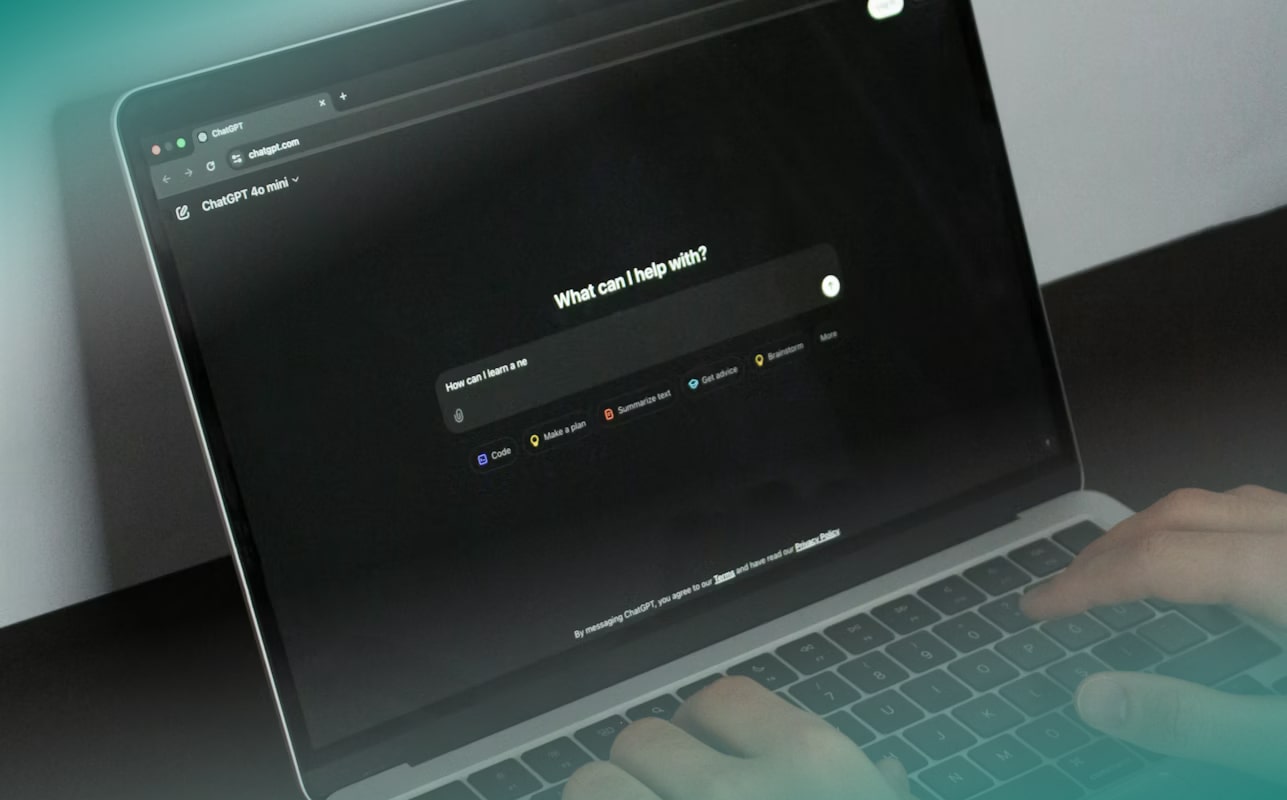Why AI Chatbots Are Not the Right Tool for Route Planning
- Authors

- Pierre-Luc Beaudoin
- pierre-luc@suzero.tech
- pierre-luc@suzero.tech

Why AI Chatbots Are Not the Right Tool for Route Planning #
Route planning is a critical function for couriers, delivery businesses, and logistics teams seeking to maximize efficiency, reduce costs, and ensure timely deliveries. With the surge in popularity of AI chatbots like ChatGPT, Claude, and others, many businesses wonder if these tools can handle complex delivery route optimization. This article explores why AI chatbots are not suitable for professional route planning, and what alternatives offer better results.
Understanding Route Planning and Its Complexity #
Effective route planning involves determining the most efficient sequence of stops to complete deliveries within specific time windows, while considering real-world constraints such as traffic, vehicle types, customer priorities, and legal road restrictions. This process relies heavily on up-to-date geographic data and robust algorithmic logic.
What Makes Route Planning Unique? #
- Requires Highly Accurate Map Data: Decisions depend on real-time information such as traffic patterns, construction, road closures, and vehicle size constraints. Learn more about the importance of reliable map data.
- Considers Multiple Variables Simultaneously: Optimization must balance distance, time, delivery windows, and customer requirements. See how route optimization considers these factors.
- Demands Proven Algorithms: Established routing algorithms (like the Traveling Salesman Problem and Vehicle Routing Problem solvers) provide the consistency and reliability needed for business operations. Compare specialized routing methods for cars, trucks, and bicycles.
Limitations of AI Chatbots for Route Planning #
Lack of Access to Real-Time and Factual Data #
AI chatbots are trained on large volumes of general content and can summarize or explain concepts, but they do not have direct access to real-time navigation data or geo-specific information needed for accurate route calculations. Any information they provide about delivery routes is an approximation based on static knowledge, not real-world conditions. Read more about the limits of non-specialized tools for couriers.
No Built-In Optimization Capabilities #
While chatbots can assist with basic questions, they cannot compute or optimize routes across dozens or hundreds of stops. Unlike specialized software, they do not use algorithmic engines or integrate with mapping databases in real time. Attempting to create optimized delivery routes via AI chatbots typically involves complicated workarounds, manual steps, or integration with external APIs—all of which defeat the purpose of automation. See why route optimization software outperforms manual methods.
Limited Interaction With Route-Related Services #
To use a chatbot for route planning, users must often obtain and configure their own API keys for services like Google Maps or Mapbox, and use technical prompts or scripts to achieve even basic results. This manual process is time-consuming and prone to error, lacking the convenience of purpose-built route optimization tools. Learn about how Droppath simplifies your workflow.
Absence of Delivery Industry Features #
Features vital to delivery route planning—like geocoding, vehicle-specific routing, time window support, route export, and live driver updates—are not available in AI chat interfaces. At best, chatbots can provide generic advice or presentation support, but they cannot replace dedicated route planning solutions.
Why Route Optimization Software Outperforms AI Chatbots #
Purpose-Built Algorithms Deliver Guaranteed Results #
Route optimization software uses rigorously tested algorithms to deliver the shortest, fastest, or most cost-effective delivery routes. These solutions operate on accurate, real-time data, guaranteeing that the route presented meets the operational requirements and customer expectations. See how route optimization works in practice.
Clear, Reliable, and Actionable Outputs #
Unlike AI chatbots, which may omit steps or make decisions without transparency, algorithmic route planners provide clear, detailed route instructions and visibility into every decision. There’s no risk of a missed stop or an ignored constraint—key requirements for business reliability. Explore our platform’s features.
Seamless Integration and Automation #
Modern route planning applications offer straightforward data import, export, mobile navigation, and integration with existing business tools. They eliminate manual data transfer, reducing both effort and risk of human error. You can also import stops via CSV or use barcode scanning.
Environmental Impact: AI Chatbots Versus Algorithms #
Running large language models for tasks like route planning is not just impractical—it’s energy-intensive. AI chatbots require significant computational resources, leading to higher environmental costs. In contrast, established route optimization algorithms are efficient and run on standard hardware, minimizing both carbon footprint and infrastructure demand. Learn how route optimization can benefit your business and the environment.
Actionable Advice: Choose the Right Tool for Delivery Route Planning #
For businesses and professionals who need to plan delivery routes efficiently, rely on dedicated route optimization software rather than AI chatbots. Tools like Droppath are designed specifically to handle the complexities of delivery operations, ensuring accurate, efficient, and environmentally responsible route planning.
Curious how professional route optimization works? See how route optimization software works for a step-by-step breakdown, or why going beyond standard navigation apps matters.
Conclusion #
While AI chatbots excel at conversation and general problem-solving, they are not equipped for the specialized, data-driven demands of delivery route planning. For accurate, reliable, and optimized delivery routes, businesses should trust dedicated route optimization software built for the task.


 Download for iOS
Download for iOS Download for Android
Download for Android